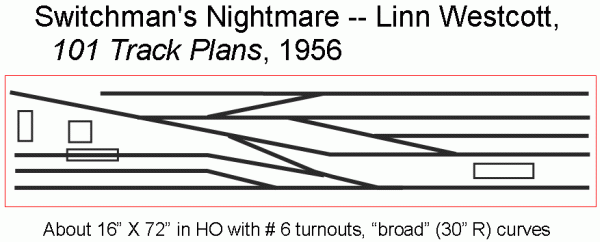ElPresidente
Member
I'm looking to build a N scale switching layout after being out of the hobby for a awhile. (Used to do G scale garden railroading). I have a nice 3' by 1' space to work with, will this be enough for a decent little switching layout? What's a good online and free track design program?
How much will I be looking at spending for 4-5 switches, and a couple feet of track, a power pack, a locomotive, and a couple cars? I'm a big fan of NW2's,RS1's and RS3's, but am also looking for a locomotive to base kitbashes off of. Kitbashing/scratchbuilding was my favorite part of G scale, I just don't have the space anymore for the big stuff.
What are the best railroad club on the northshore of MA, or in Boston?
Sorry for all the questions, I can't wait to get modeling again!
How much will I be looking at spending for 4-5 switches, and a couple feet of track, a power pack, a locomotive, and a couple cars? I'm a big fan of NW2's,RS1's and RS3's, but am also looking for a locomotive to base kitbashes off of. Kitbashing/scratchbuilding was my favorite part of G scale, I just don't have the space anymore for the big stuff.
What are the best railroad club on the northshore of MA, or in Boston?
Sorry for all the questions, I can't wait to get modeling again!


